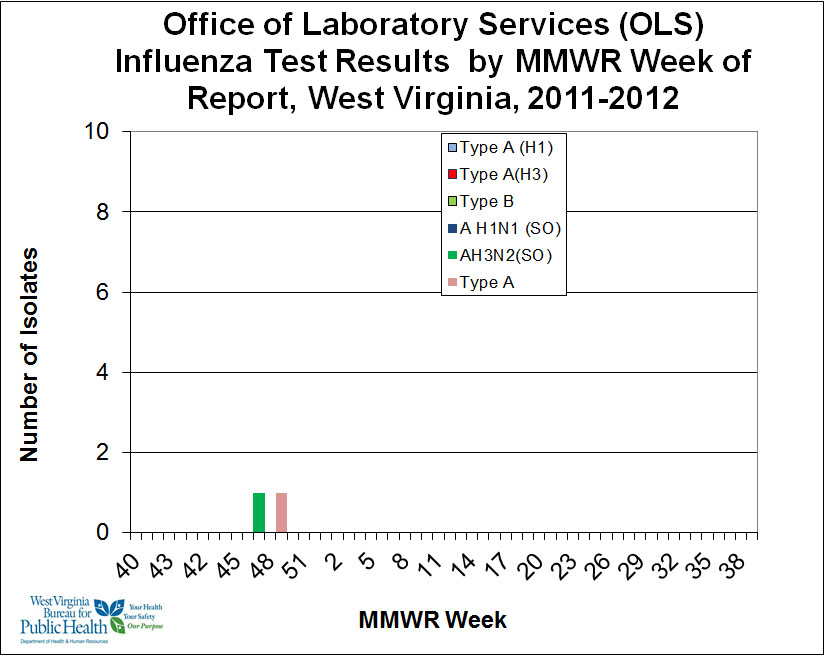

Paradigm Shift Intervention Monitoring
 twitter
twitter

Commentary
West Virginia
trH3N2 Cluster?
Recombinomics Commentary 19:30
December 16, 2011

The above chart list the first two
confirmed influenza cases in West Virginia in the 2011/2012 season. The
first case listed (week 47) is the novel
trH3N2 case, A/West Virginia/06/2011,
while the second case (week 49) is an epidemiologically linked case
that has produced a weak influenza A signal and is under investigation
at the CDC. If confirmed and closely related to the first case, it
would raise the number of novel influenza cases in West Virginia to two
out of two PCR confirmed cases. This result is remarkable similar
to Maine,
which also has two confirmed cases (A/Maine/06/2011
and A/Maine/07/2011
in weeks 41 and 43, respectively) and both are H3N2pdm11.
Although the two Maine cases are not epidemiologically linked, the
partial sequences from ME/07/11 are virtually identical to ME/06/11,
signaling human to human transmission. Although the two Maine
cases attended the same agricultural fair (Fryeburg) which had
symptomatic swine, the swine tested negative for SOIVs and the fair
ended two weeks prior to disease onset, eliminating the swine at
the fair, including those in the pig
scramble, as sources of the H3N2pdm11 detected in the second
case. Thus, the sequence data supports widespread H3N2pdm11 in
humans, not swine.
Human transmission was
confirmed in the cluster
in Iowa. Three cases were confirmed and the two latter cases
were epidemiologically linked to the index case. Moreover, the
sequences from all three confirmed cases were virtually identical for
all 8 gene segments (the number of nucleotide difference between the
sequences from the index case and each of the sequences from each of
the linked cases was 0 or 1). In additional, the brother and
father of the index case were symptomatic, but not tested.
Similar clustering was
noted for the trH1N2 case in Minnesota, A/Minnesota/19/2011.
A symptomatic contact was noted, but the confirmed case was identified
by routine surveillance of an isolate, which led to a delay
in confirmation, and the absence of testing for the symptomatic
contact.
Thus, all confirmed
novel cases in children this season are linked to confirmed or suspect
clusters based on epidemiology or sequence analysis.
As seen in the above
figure, the number of confirmed cases in West Virginia is limited to
the two confirmed or suspect cases, which is also the situation in
Maine. Thus, the “limited transmission” seen in the novel cases
also applies to seasonal flu cases, which have not been detected in
either state.
Thus, the lack of
detection of sustained transmission, may be a function of the assays
and viral RNA at this time of the year. Low levels lead to milder
cases and false negatives. However, in spite of these limitations
all of the recent confirmed cases, in Maine, Iowa, Minnesota, and West
Virginia, are linked to other confirmed or suspect cases, signaling
efficient and sustained transmission.
Media
Link
Recombinomics
Presentations
Recombinomics
Publications
Recombinomics
Paper
at Nature Precedings